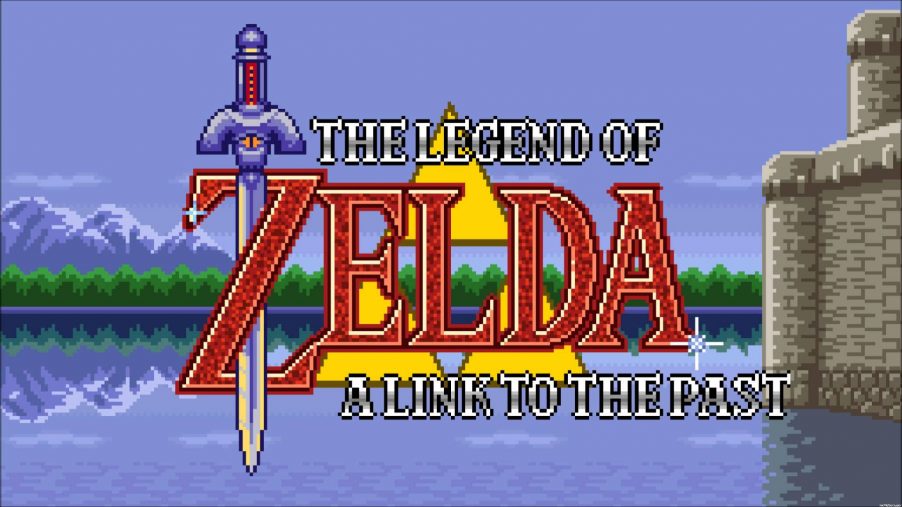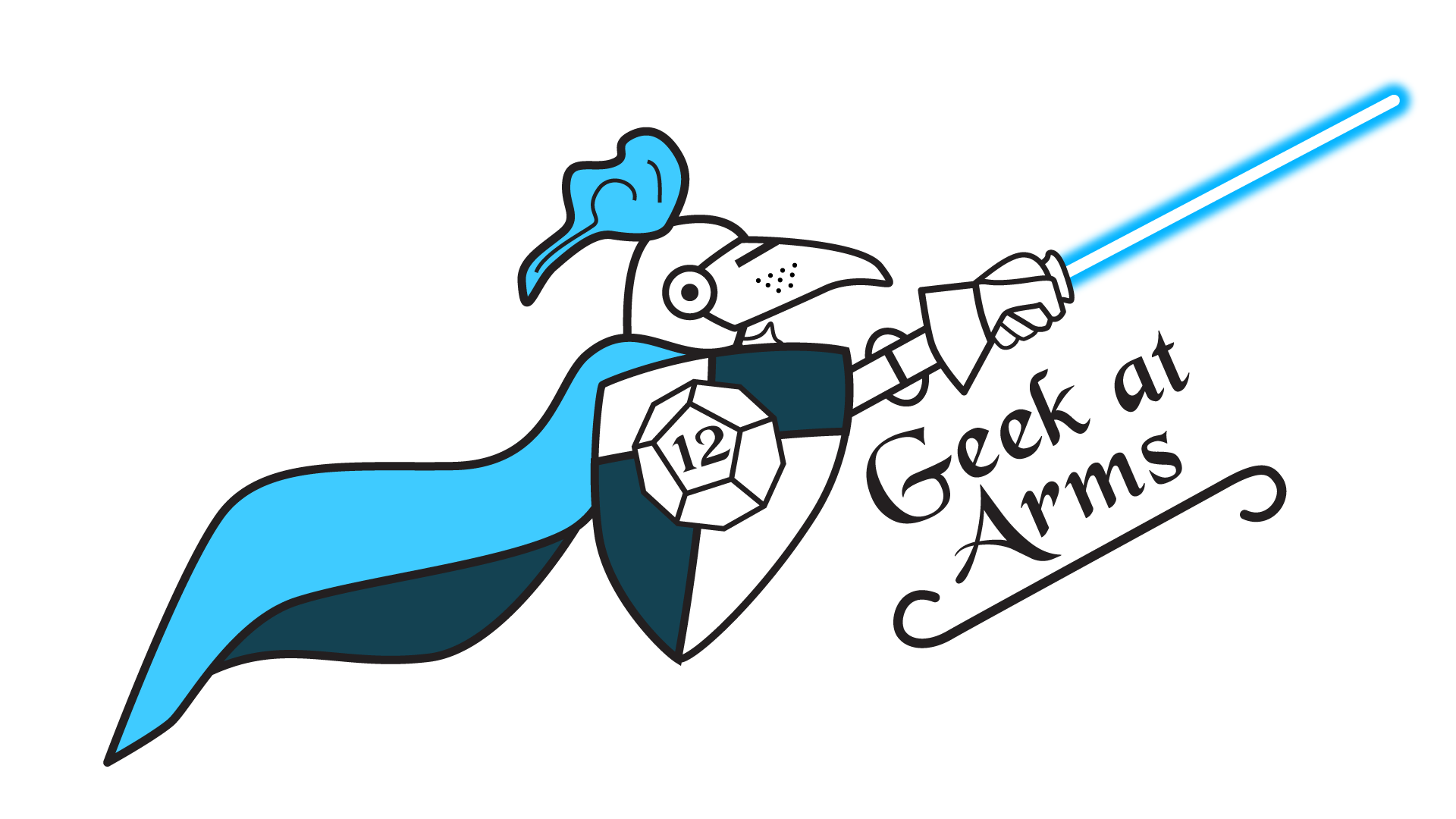Does it Hold Up: A Link to the Past

Does it hold up? Legend of Zelda: A Link to the Past Back in 1992 when the SNES was still pretty new, Legend of Zelda: A Link to the Past hit the shelves, and the cartridges quickly hit our consoles. Still basking in the new found radiance of 16-bit graphics, SNES gamers like myself reveled … [Read more…]

